Пускат магистралата от Ямбол до Петолъчката до средата на август
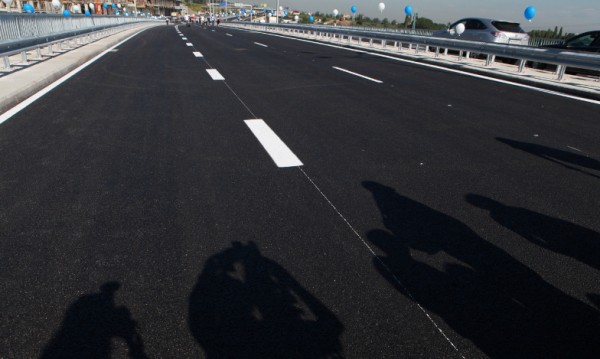
Снимка: Impact Press Group
|
До средата на август ще бъде пусната отсечката на магистрала "Тракия" от Ямбол до Петолъчката, обяви в Първомай строителният министър Лиляна Павлова.
През юли бяха пуснати две нови отсечки по "Тракия", които са дълги общо 70 километра и свързват Стара Загора с Ямбол. Сега предстои по-рано от предвиденото да пътуваме и до Петолъчката.
"Все още нямам конкретен срок, това е добра воля на изпълнителя, за да пуснем оставащите между 15 и 17 километра, с което за това лято да облекчим движението" , коментира пред журналисти министър Павлова.
Тя обяви, че правителството отпуска допълнително средства за разкопки по магистрала „Марица”, защото са разкрити още археологически находки.
"В единия лот се оказа, че има много повече находки, затова предоставихме още 700 хиляди лева, защото предстои да бъде направена много работа", заяви министърът.
От строителното министерство предупреждават да внимаваме по пътя за морето на пътя между Ямбол и Карнобат, където все още магистралата не е изградена и трафика се осъществява по стария път.
Лиляна Павлова обеща магистрала „Тракия” да бъде готова до февруари 2013 година. Очакванията са догодина да бъде пуснато и движението по магистрала „Марица”.
Това се случи Dnes, за важното през деня ни последвайте и в Google News Showcase
-
07:46
Полицай застреля разикализиран тийнейджър, нападнал с нож човек
-
07:31
Стара Загора посрещна Възкресение в храма "Св.Николай"
-
07:16
Слънчево време днес, малко дъжд в планините
- 07:01 Румен Радев: На Великден да си пожелаем вяра и сили
- 06:01 Зеленски се похвали, че е свален руски изтребител-бомбардировач Су-25
Условия за ползване | Контакти | Реклама | Портфолио | Кариери | Поверителност | Карта на сайта | Лични данни
Investor.BG AD © 2001-2024 Dnes.bg All rights reserved. Contact Us | Advertising | Portfolio |


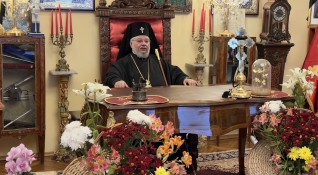


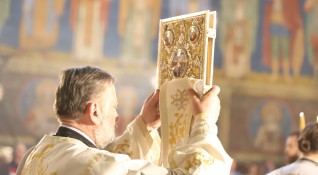


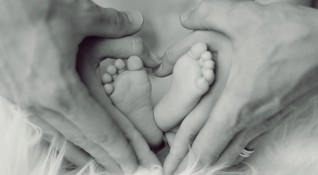



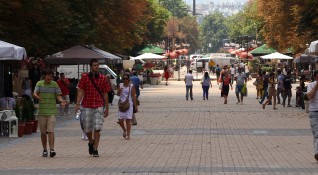


 "Гьозтепе" на Мъри Стоилов разгроми лидара "Еюпспор" с 3:0
"Гьозтепе" на Мъри Стоилов разгроми лидара "Еюпспор" с 3:0  Радев: Да си пожелаем вяра и сили за достойни дела в наситения с изпитания живот
Радев: Да си пожелаем вяра и сили за достойни дела в наситения с изпитания живот  Посрещаме Великден със слънчево време
Посрещаме Великден със слънчево време  Христос Воскресе! Празнуваме Великден!
Христос Воскресе! Празнуваме Великден! 
 Христос Воскресе!
Христос Воскресе!  Начо взе решение за бъдещето си
Начо взе решение за бъдещето си  Ман Сити мачка с 5:1, Холанд заби 4 гола
Ман Сити мачка с 5:1, Холанд заби 4 гола  Тиаго Силва се разбра с Флуминензе
Тиаго Силва се разбра с Флуминензе 
 Електромобилите на Volvo ще се зареждат много по-бързо
Електромобилите на Volvo ще се зареждат много по-бързо 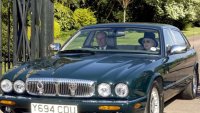 Продадоха Jaguar на кралица Елизабет за смайваща сума
Продадоха Jaguar на кралица Елизабет за смайваща сума  Audi загуби 1 милиард евро заради... ремък
Audi загуби 1 милиард евро заради... ремък  50-те най-велики дизайнери: Джовани Микелоти
50-те най-велики дизайнери: Джовани Микелоти 
 продава, Двустаен апартамент, 65 m2 София, Малинова Долина, 118000 EUR
продава, Двустаен апартамент, 65 m2 София, Малинова Долина, 118000 EUR  продава, Двустаен апартамент, 56 m2 София, Малинова Долина, 135000 EUR
продава, Двустаен апартамент, 56 m2 София, Малинова Долина, 135000 EUR  продава, Двустаен апартамент, 78 m2 София, Малинова Долина, 121752 EUR
продава, Двустаен апартамент, 78 m2 София, Малинова Долина, 121752 EUR  продава, Къща, 105 m2 София област, с.Ромча, 78000 EUR
продава, Къща, 105 m2 София област, с.Ромча, 78000 EUR  продава, Тристаен апартамент, 95 m2 София, Толстой, 155000 EUR
продава, Тристаен апартамент, 95 m2 София, Толстой, 155000 EUR 
 Дневен хороскоп за 5 май
Дневен хороскоп за 5 май  Великден е, Христос воскресе!
Великден е, Христос воскресе!  Таро карта за 5 май
Таро карта за 5 май 







